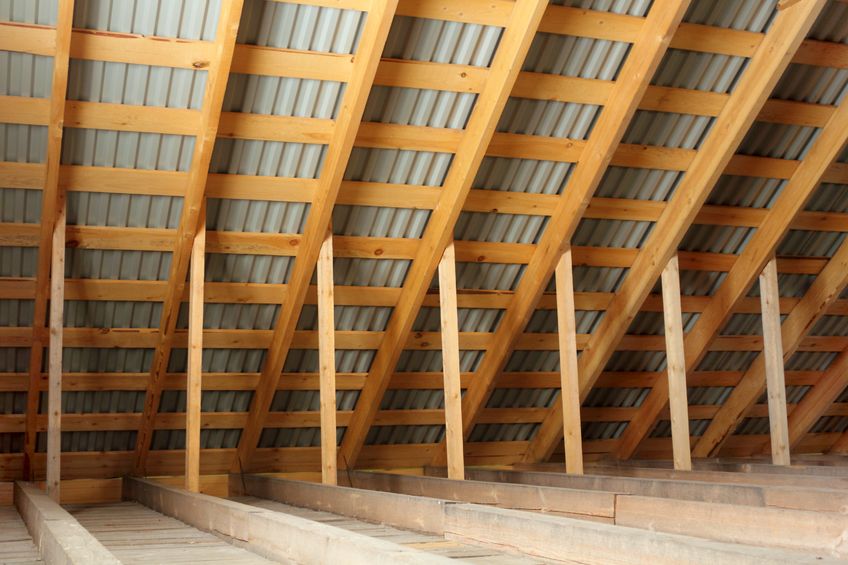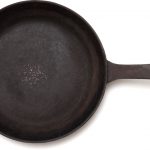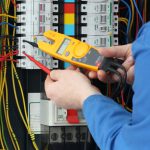Hot air rises, just like your energy bill will do if your attic is poorly insulated. A poorly insulated attic can result in 25% heat loss in fall and winter—that’s 25 percent of your average heating costs going toward energy that won’t even heat your home.
Poor Insulation vs. No Insulation
Don’t think you’re safe just because you saw the insulation in your attic the last time you peeked. Most homes that are 10 years or older don’t have thick enough insulation to save you much money. The R-11 and R-15 insulation that was commonly used back then can’t hold a candle to the thick R-30 insulation used today. You may not save 25 percent of your energy costs when you upgrade you insulation, but you will see major savings that will only grow each year.
Insulation Options
As a homeowner, you have a couple of options to keep your home toasty warm and stop heat loss.
- Install R-30 insulation throughout the attic.
- Use blown-in insulation. When applied to a 15-inch thickness, it as a similar R-value as R-30 insulation batting. There are even some environmentally friendly materials available.
If you want to keep your insulation project green, opt for the cellulose blown-in insulation. Cellulose is made from recycled newsprint, and it has an R-value greater than fiberglass. It’s treated with a fire retardant so it doesn’t pose a danger to your home.
Your other option is traditional fiberglass insulation, which can be difficult and dangerous to work with if you are handling the project yourself. After all, fiberglass is made up of small glass shards. Although you should wear eye protection, long sleeves and a respirator mask when installing whichever type of insulation you choose, with fiberglass it becomes a vital necessity.
Your Attic Isn’t the Only Weak Link
When insulating your attic, don’t forget to check these other common heat leaks:
- Are your exterior walls properly insulated?
- Do you have gaps where pipes, cables or drains exit from the home?
- Windows the major heat loss culprit after the attic. Are they properly sealed and do you have storm windows in place?
- Did you check and replace the weather stripping around all exterior doors?
Think of attic insulation as the warm blanket that keeps your home and everyone in it warm throughout winter. Patch the holes in your homes blanket in summer or fall, and you will reap the benefits all through the long winter nights. Even better, investing in better attic insulation can eventually pay for itself. Energy.gov has an equation to help you find out how quickly you could see a payback.




